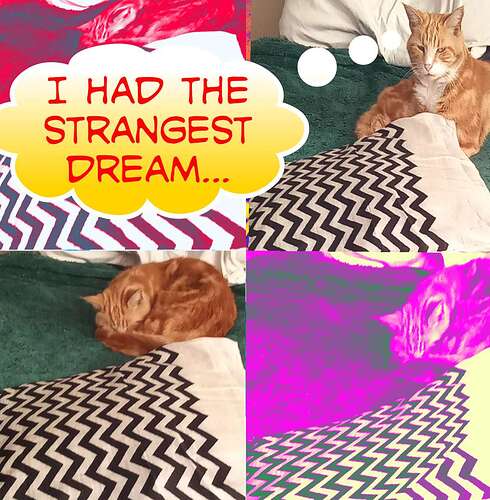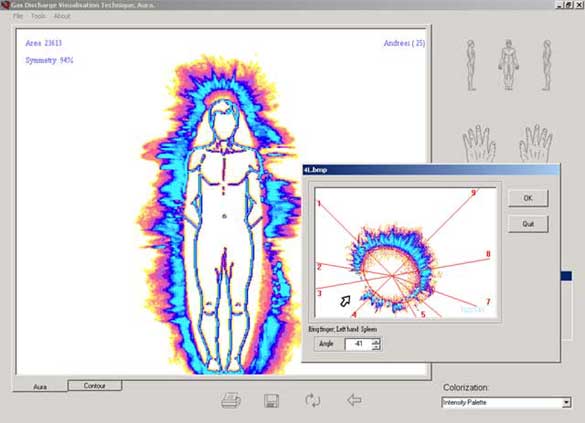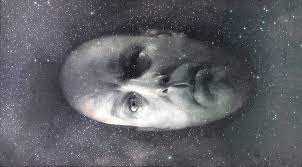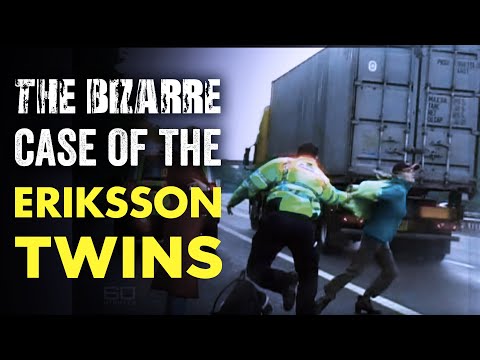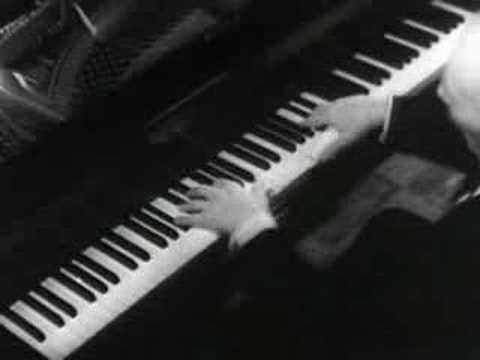To reply to you two…yes you are correct…, however, as (mainly), Anglo-Catholic* we’re used to being dissenters which means we don’t fear opprobrium, esp. from the “our sht don’t smell” protestant establishment (although Dad ended up a Mason -as I ended up a Hussite sympathiser and a Wiccan-), and that’s the game…we feel because we are allowed/enabled to…if one wears the establishment’s blinkers it is incumbent on one to look where one is going…
I had an NDE following copious blood-loss from a brachial artery at the age of fifteen (funny story about “the Arm” through the generations I will recount here, later though I’m a little pressed for time today), this might be of considerable interest to you Rob, quote; "The twenty-first century search for a scientific explanation of near-death experiences (NDEs) is likely to benefit from the rapidly growing knowledge base generated by neuroscientists and other researchers. To date, the most plausible theory has been outlined by Dr. Karl Jansen (1996). Conditions that may induce NDEs (low oxygen, low blood flow, low blood sugar, temporal lobe epilepsy, etc.) have also been shown to cause excess extracellular levels of glutamate to accumulate in the brain; when high concentrations of glutamate bind to N-methyl-D-aspartate (NMDA) receptors, excitotoxicity can result (Jansen, 1996). Jansen (1996) has proposed that an endogenous NMDA antagonist may be released under certain conditions to protect cells from excitotoxicity. An exogenous NMDA antagonist, ketamine, is known to be able to reproduce all of the features which are commonly associated with NDEs; thus, an endogenous NMDA antagonist with a primarily neuroprotective function may also induce NDEs under certain circumstances (Jansen, 1996).
Jansen (2004) has suggested that the identity of the endogenous NMDA antagonist may be NAAG (N-acetyl-aspartyl-glutamate), kynurenic acid, or magnesium. NAAG, however, has been shown to lack both antagonist and agonist activity in cerebellar granule neurons (Losi et al., 2004). If NAAG does interact with NMDA receptors, it is likely to be a weak partial agonist rather than an antagonist (Valivullah et al., 1994). In addition, kynurenic acid is an antagonist at the glycineB binding site on NMDA receptors rather than at a site within the NMDA channel pore (Harsing et al., 2001). Based on experiments involving rats, Karcz-Kubicha et al. (1999) have suggested that glycineB antagonists have a low psychotomimetic potential. With regards to magnesium ions, little evidence exists to support a role for these ions in near-death experiences.
To date, the only neurotransmitter or neuromodulator known to exhibit antagonist activity at NMDA receptors at a non-glycineB site is agmatine." Go to: https://www.arafel.co.uk/2015/08/agmatine-key-to-brain-chemistry-of-near.html
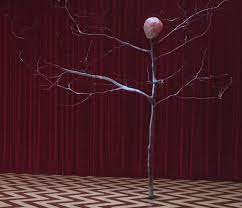
*I deeply suspect also hougenaut on my Dad’s side (London catholics et.al), my great uncle William died in WW2 (Dunkirk), one of my father’s middle names was William (the other Robert #GWRHalesRIP), …but they were (ostensibly at least), “conventionally observing” (rather than practising), catholics…strange things happened here esp. after the Restoration…


